
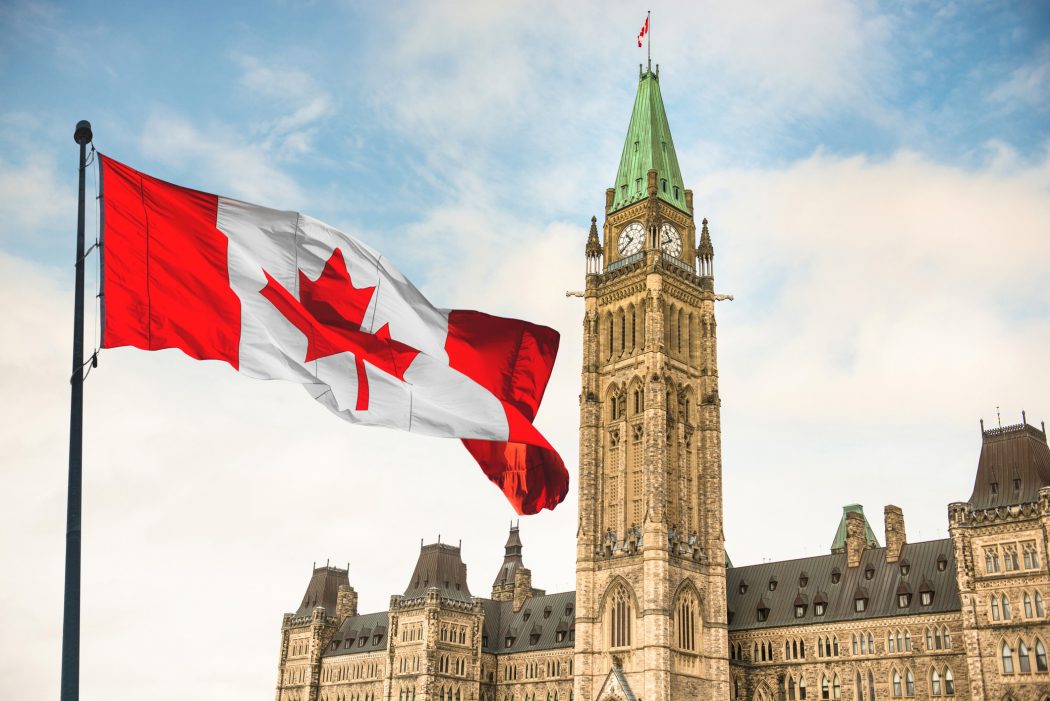
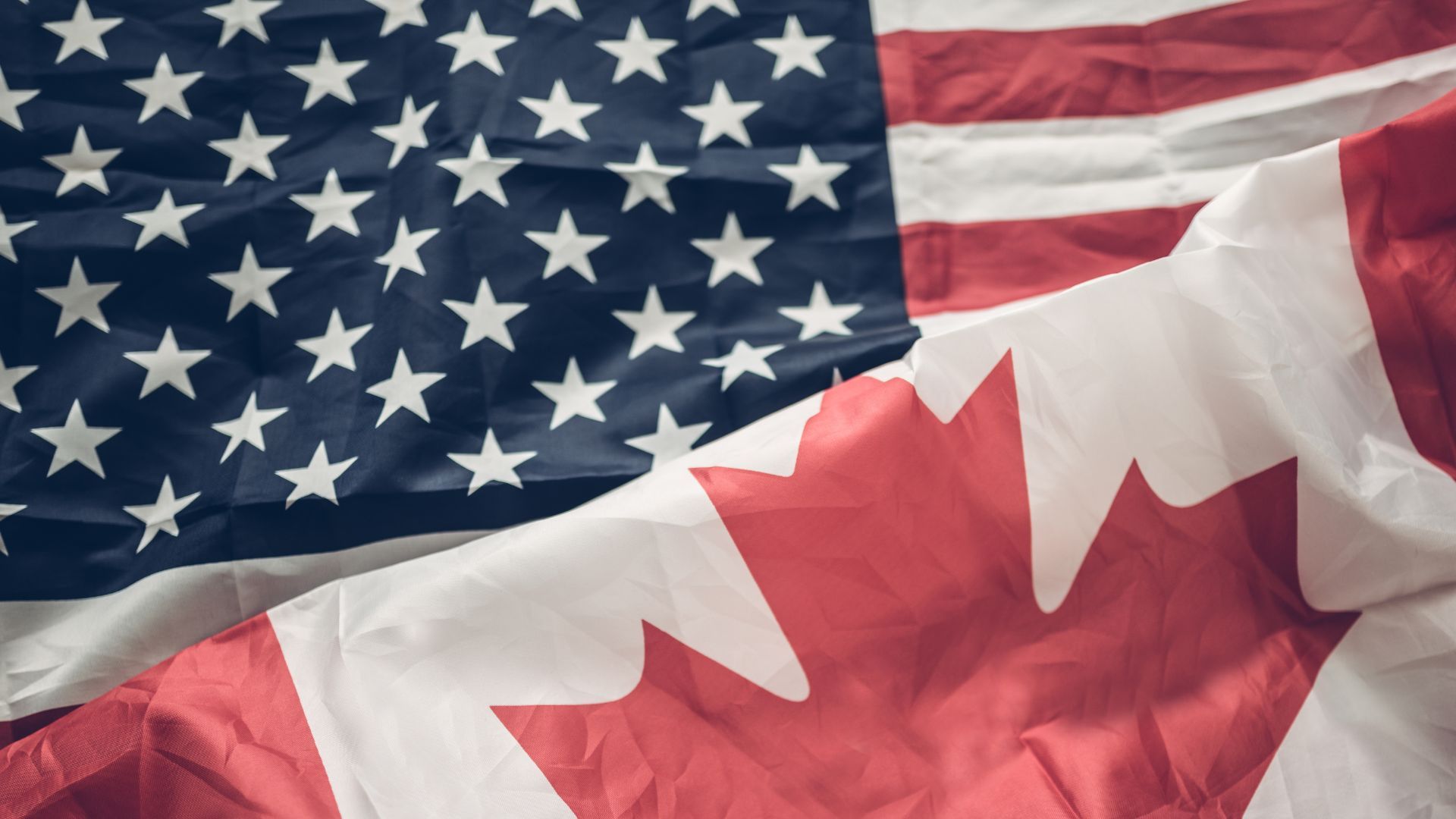
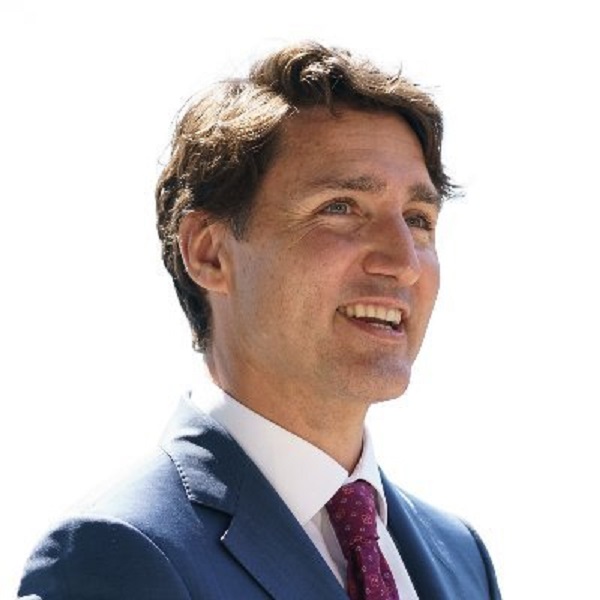
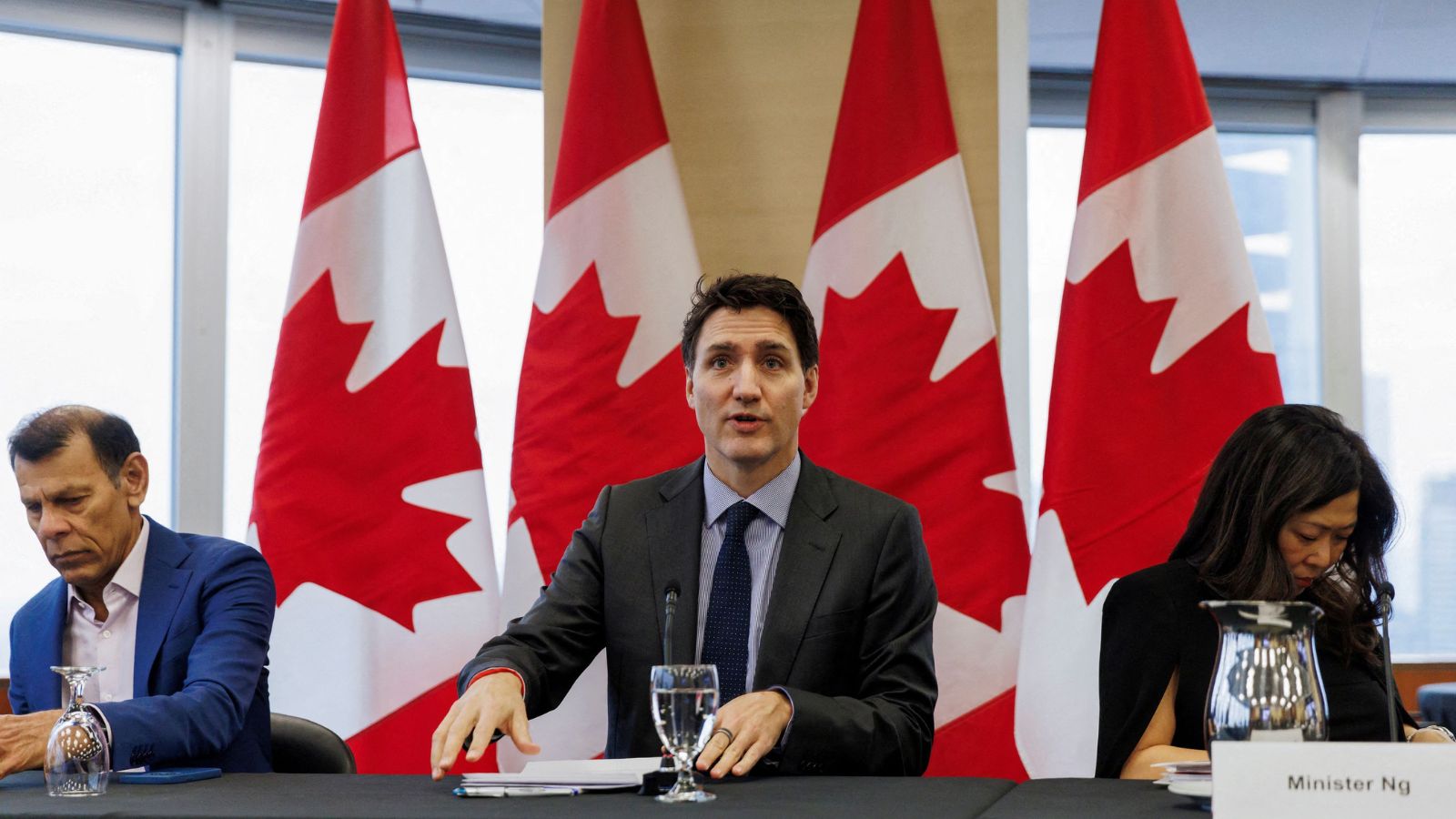

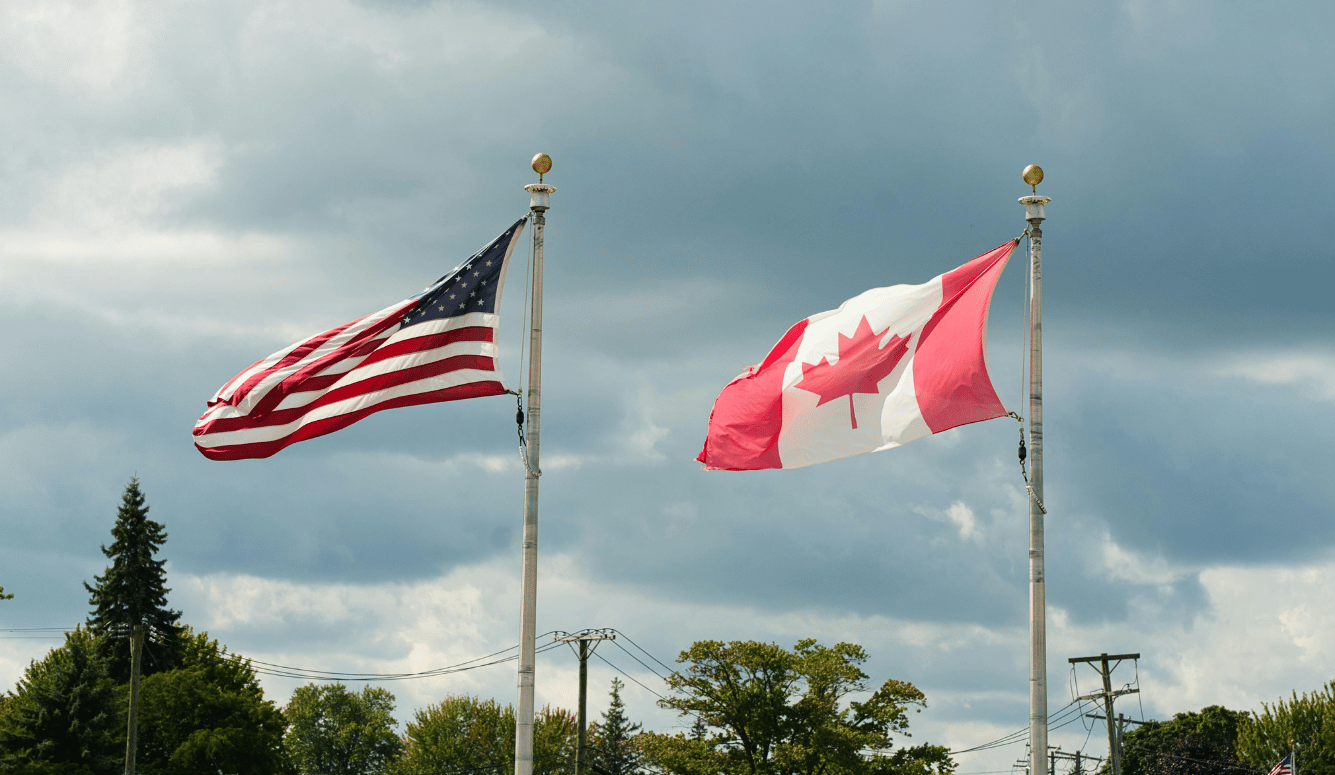

In a significant escalation of trade tensions, Canadian Prime Minister Justin Trudeau announced on February 4, 2025, a 25% tariff on $30 billion worth of American goods. This decision was made in direct response to U.S. President Donald Trump's earlier threats to impose similar tariffs on Canadian exports, which have prompted a wave of economic nationalism across Canada [64b7e16c].
On the same day, Trump threatened a 25% tariff on Canadian exports, signaling a potential rupture in U.S.-Canada relations. However, a last-minute deal granted a thirty-day reprieve, pushing the new deadline to March 4, 2025. This situation is critical as three-quarters of Canadian exports go to the U.S., equating to 20% of Canada's GDP [ac508cc5].
In a bid to address these tensions, Trudeau announced the Canada-U.S. Economic Summit on February 5, 2025, to be held in Toronto on February 7, 2025. The summit aims to galvanize business and investment across Canada, involving leaders in trade, business, public policy, and organized labor. It will focus on growing Canada's economy, improving internal trade, diversifying export markets, and enhancing productivity. Notably, Canada and the U.S. are each other's largest trade partners, with nearly $3.6 billion worth of goods and services crossing the border daily in 2023 [f0188cd7].
On February 5, 2025, the Penticton & Wine Country Chamber of Commerce sent a letter to Prime Minister Trudeau urging a stronger response to U.S. tariff threats. Chamber President Jordan Knox emphasized the need for immediate action to protect businesses and workers. The letter included six key recommendations: dismantling interprovincial trade barriers to boost GDP; expanding trade partnerships beyond the U.S.; implementing a 'Made in Canada' identification system; strengthening port and rail security; permanently repealing the capital gains tax increase; and reconvening Parliament to address economic challenges. Executive Director Michael Magnusson acknowledged the government's 30-day reprieve from tariffs but stressed the importance of proactive measures for economic stability [94d00b76].
Trump had issued executive orders on February 1, 2025, imposing 25% tariffs on Canada and 10% on Canadian energy. In retaliation, Trudeau's government imposed tariffs on $107 billion worth of U.S. goods, signaling a significant escalation in the trade conflict [1d0c93d0]. The tariffs imposed by Trump have raised concerns as they violate the Canada-U.S.-Mexico Agreement (CUSMA), reflecting a zero-sum approach to trade that echoes the historical Smoot-Hawley Tariff of 1930 [ac508cc5].
According to Robert D. Atkinson, understanding Trump's mindset is crucial for Canada to navigate this trade war. Trump, a staunch protectionist, believes in U.S. self-sufficiency and uses the U.S. International Emergency Economic Powers Act to impose tariffs that benefit American companies. The U.S. trade deficit with Canada is attributed to an overvalued U.S. dollar rather than Canadian actions. Atkinson highlights three factors explaining Trump's tariffs: a reaction to globalist trade policies, his identity as a national businessman, and a desire to return the Republican Party to its pre-New Deal roots [7c3bb39f].
Ontario Premier Doug Ford has taken further action by banning American companies from securing provincial contracts and restricting the sale of American liquor in the province. This move aligns with a broader sentiment among Canadian leaders to support local businesses amid rising tensions [64b7e16c].
Social media campaigns have emerged, urging Canadians to boycott U.S. products, including popular brands like McDonald's and Walmart. Gary Sands from the Canadian Federation of Independent Grocers noted a significant increase in demand for Canadian-made product labeling, indicating a shift in consumer behavior towards supporting domestic goods [64b7e16c].
In light of these escalating tensions, Canada is considering a revival of the 'Third Option,' a strategy proposed by former Canadian politician Mitchell Sharp in 1972. This plan aims to reassess Canada-U.S. relations and reduce dependence on American trade. The options include maintaining the current relationship, pursuing closer integration, or strengthening the Canadian economy independently [b44c4ae0].
Blayne Haggart, an Associate Professor at Brock University, emphasizes the importance of this 'Third Option' in his recent commentary. He argues that Canada must reduce its economic dependence on the U.S. and strengthen its own economy, especially in the face of Trump's tariffs. Haggart warns that deeper integration with the U.S. poses risks, particularly under what he describes as an authoritarian administration. He advocates for a strategy that respects democracy and human rights, despite the potential costs associated with pursuing independence [329edca4].
Amid these challenges, Canada's trade minister Mary Ng has highlighted new trade deals with Ecuador and Indonesia as part of a diversification strategy initiated eight years ago. Ecuador, being the sixth-largest economy in South America, primarily engages in agricultural trade, which Canada aims to capitalize on. This diversification effort comes as Canada faces stalled negotiations with traditional partners like India and the U.K. [e70e0c32].
Furthermore, Canada is negotiating with ASEAN countries and has launched discussions with the Philippines, reflecting a proactive approach to mitigate the risks associated with its heavy reliance on U.S. trade, which constitutes 77% of its exports and 60% of its GDP [e70e0c32].
The Canadian Chamber of Commerce has warned that Trump's tariffs could shrink Canada's GDP by as much as 2.6%, highlighting the potential economic repercussions of this trade dispute [64b7e16c]. Trudeau has encouraged Canadians to support local businesses, a sentiment echoed by British Columbia Premier David Eby, who ordered liquor stores to remove U.S. products from their shelves [64b7e16c].
In the U.S., the White House defended Trump's tariffs, framing them as necessary measures to address issues related to illegal immigration and drug trafficking. However, this justification has not mitigated the backlash from Canadian officials and consumers alike [64b7e16c].
As the trade war intensifies, the implications of these tariffs and the resulting boycott could reshape the economic landscape between Canada and the United States, affecting various sectors and consumer choices on both sides of the border [64b7e16c]. Furthermore, the costs associated with pursuing greater independence and a distinct Canadian identity are becoming increasingly apparent as Canada navigates this complex geopolitical landscape [b44c4ae0].
The political landscape in Canada is also shifting, as Trudeau announced his resignation in January 2025, and federal elections must occur by October 25, 2025. Conservative leader Pierre Poilievre condemned Trump's tariffs and called for a Canada First Plan, reflecting a growing conflict among Canadian conservatives regarding their stance on U.S. tariffs despite their disdain for Trudeau [eccf5f3d].
Atkinson suggests that Canada should make market-opening moves and avoid harming its economy in response to tariffs, while also considering pursuing a case with the USMCA tribunal and the WTO to address these trade disputes effectively [7c3bb39f].